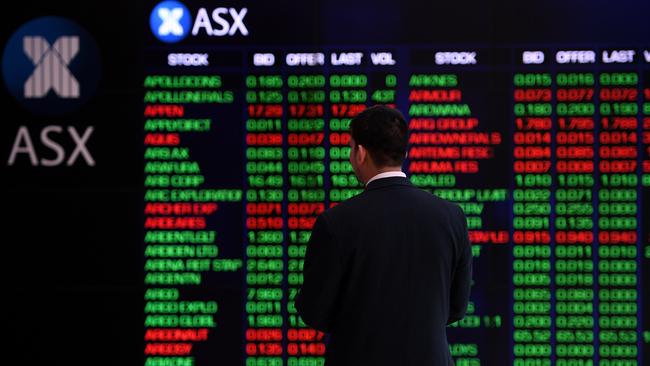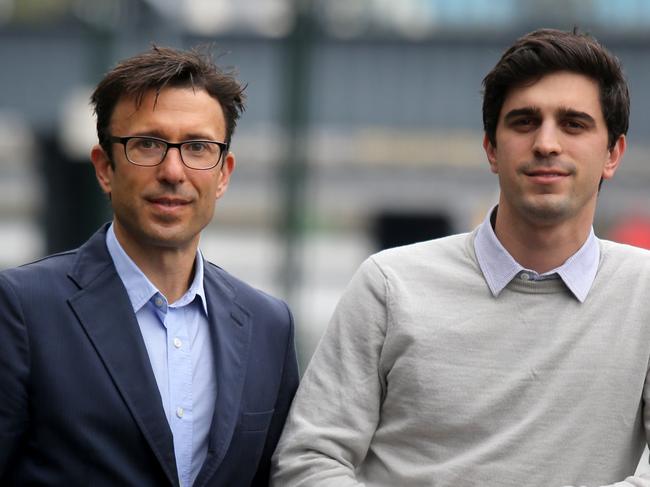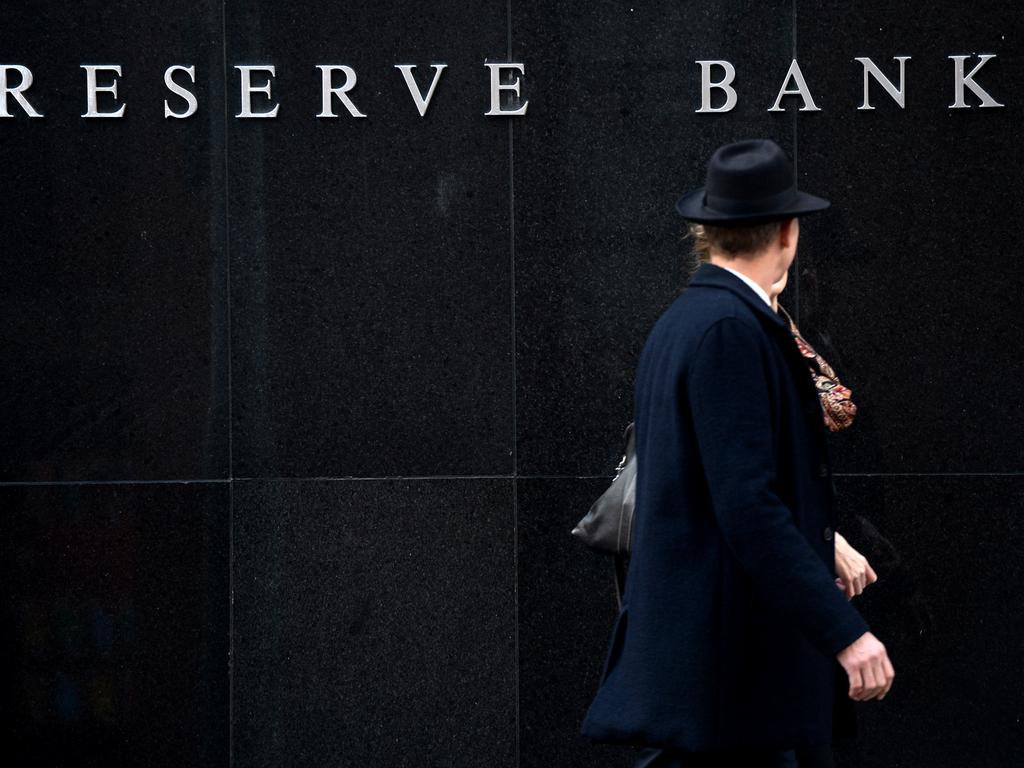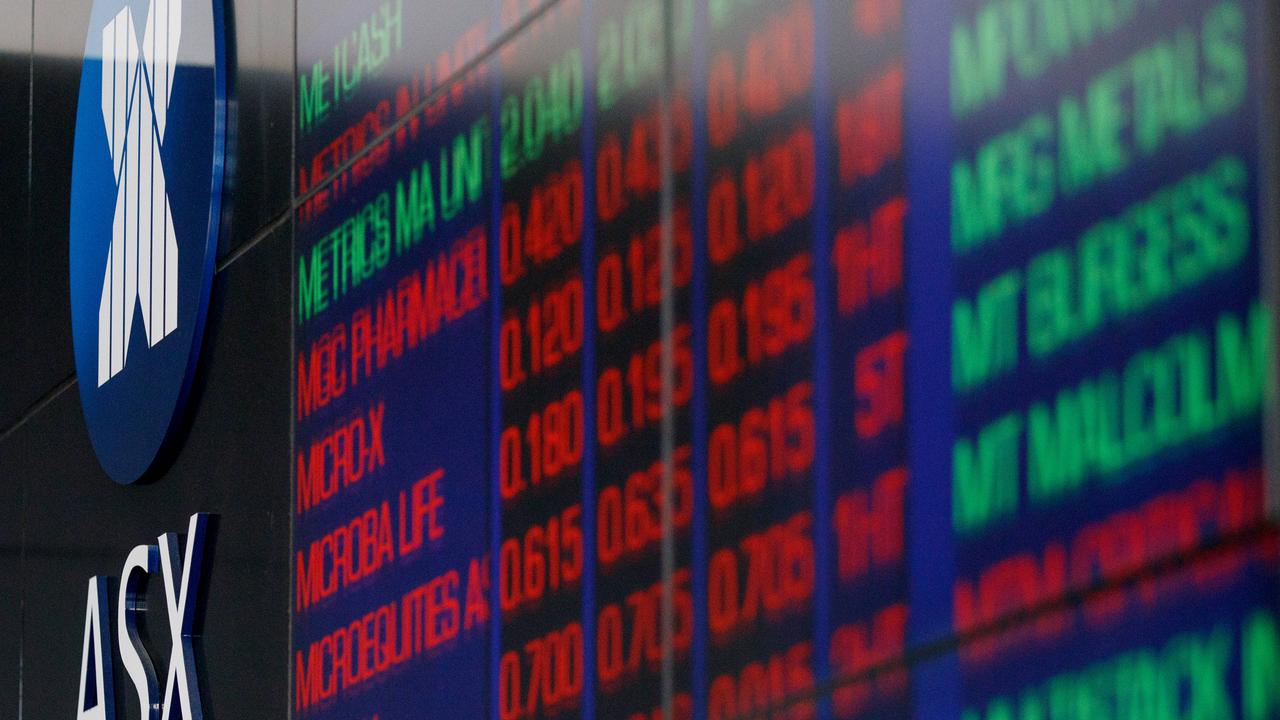Why the market is booming in a recession

The fact that what should be mutually exclusive events are coinciding is causing a lot of angst: those who are surfing the rally are worried about getting dumped and those watching from the beach are cursing both themselves for missing one of the best waves in history and the market for being completely crazy.
For one thing, the market is obviously convinced there’s going to be a vaccine fairly soon, which might be right, or not, we don’t know, but there’s much more to what’s happening than vaccine-watching.
The damage already inflicted on the economy by the pandemic and what’s still to come is so great that, vaccine or not, you would expect investors to be cautious, if not downright bearish, not euphoric.
To investigate why this is happening, we need to turn to Occam’s Razor – that the simplest answer is usually the right one. I think there are four of them.
First, the pandemic is occurring during a technological revolution, perhaps the greatest in history.
It’s not really true that the S&P 500 is at a record high: the S&P 5 are, while the S&P 495 are struggling. The five are Amazon, Apple, Microsoft, Facebook and Google, which are, on average, 25 per cent above their February high, while the rest are well below.
Likewise the Australian all technology index (XTX): its 46 companies are 20 per cent higher than when the index was launched on February 24, while the ASX 200 is 15 per cent below that.
The standout member of the XTX is Afterpay, double what it was in February. As with the S&P 5, the pandemic is irrelevant to whether its business model will succeed - in fact it’s helpful. COVID-19 has accelerated the digitisation of the commerce, which is also why Apple has just hit $US2 trillion in market cap, and Amazon is up 77 per cent year to date.

Second, Keynesian macroeconomics has made a comeback in a way not seen since the post-WWII reconstruction. Markets are assuming that it will work as it did then, and as described in the economic textbooks.
Those 20 years of Keynesian policies after 1946 saw the strongest economic growth and productivity advances ever recorded, combined with moderate inflation and virtually continuous bull markets in equities, property and other real-value assets throughout the non-Communist world.
And it’s not just Keynesian textbooks, but monetarist ones as well, built around MV=PQ, where M is money supply, V is the velocity of money, P is the price level of goods and services and Q is the volume of goods and services.
Monetarists say that an increase in M will “always and everywhere” result in an increase in P (prices). The reason Modern Monetary Theory is gaining traction now is that with the vast excess capacity and unemployment caused by the pandemic, it’s clear that the massive expansion of M and fiscal stimulus will only increase Q (volume), not P, and that the stimulus will not be stopped by inflation.
Bears say “Oh yes, but just wait, it’ll all come crashing down, you’ll see”, and maybe they’re right. After all, the post-war golden age did come crashing down after 1968, leading to 14 years of social and financial turmoil. But that took 20 years to happen, and resulted from specific Black Swan events: the Vietnam War inflation, the Nixon Shock in 1971 and two oil shocks.
It’s true that the post-war boom had a lot to do with the reconstruction of Europe and Japan, as well as the spread of the military technologies developed during the war into civilian life.
But while infrastructure won’t have to be rebuilt after the pandemic, just refilled with people, global transport fleets and power generation infrastructure must be completely rebuilt to deal with climate change, which could end up being as capital-intensive as the post-WWII reconstruction.
Third is the transformation of China that will result from its decoupling from the United States and the division of the world into two spheres.
If American disengagement with China continues, which seems likely no matter who wins the US election, China will have to spend without limit on developing its own version of a modern economy, including some version of Silicon Valley, world-class universities and scientific autonomy. It’s already well down that path, of course, but there’s now likely to be some sort of repeat of the technology race that went with the America-Russia cold war.
And finally, the pandemic has forced Europe to get its fiscal act together, with Germany’s support for the beginnings of a pan-European budget. If it continues as planned, the EU will gradually become a fiscal unit, and gain the ability to use Keynesian demand management as freely as the US, Britain, Japan and other advanced economies do now, repairing the original mistake of the monetary union.
As a result, European growth rates could converge towards America’s, and even exceed it because of America’s dreadful pandemic performance.
So the market is telling us that the coronavirus has brought the return of Keynesian fiscal and monetary policies for years and possibly decades, and that combined with the growth of China and Europe, plus the energy transformation required for climate change, this will lead to another golden age like the one between 1946 and 1968.
Of course, it could be wrong. It all might come crashing down because ideological politicians revert to fiscal austerity as they did after the GFC, or because the new cold war turns hot, or because China and/or Europe fall apart, but for the moment the market is latching onto the affirmative and not messing with Mr In-Between.
* Alan Kohler is Editor in Chief of Eureka Report





Last week the American S&P 500 regained its record high and the ASX 200 touched a five-month high … in the midst of the deepest economic downturn since the Great Depression.